India through billboards
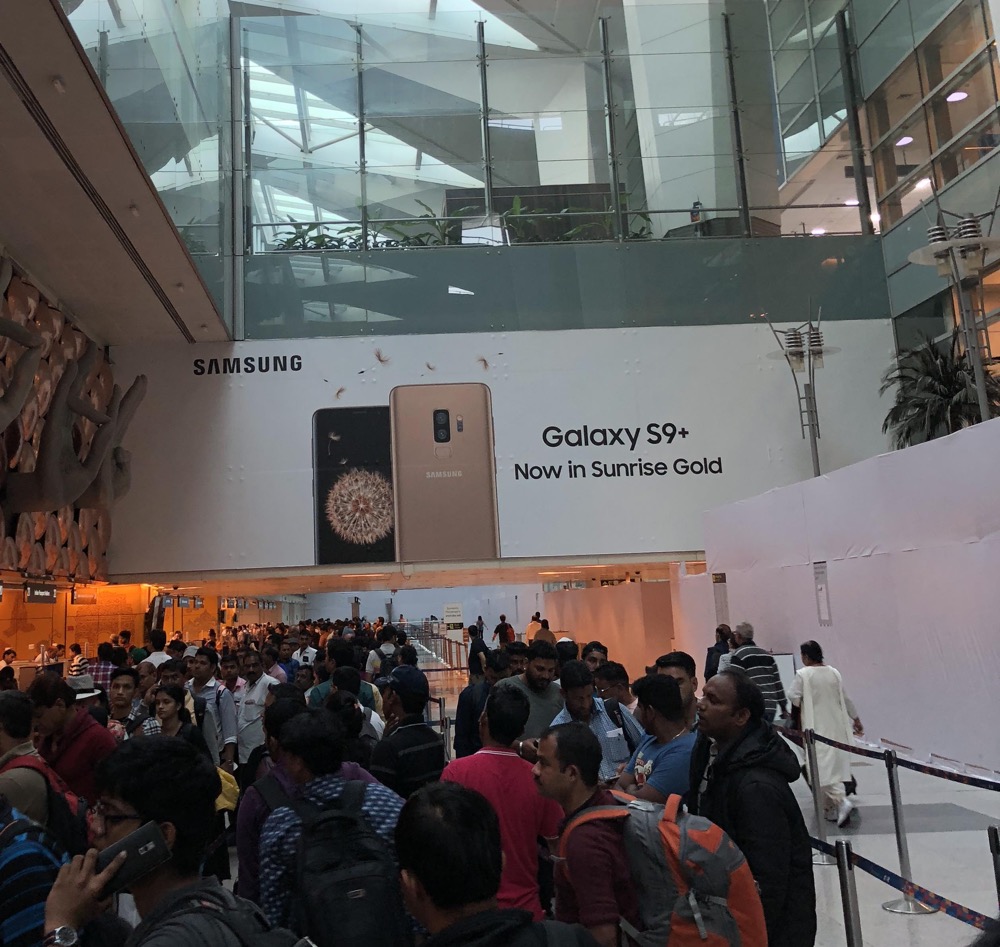
At Delhi international airport
This is first thing I see as I step off a sixteen hour flight into the airport terminal. High-end mobile phones (but not so high-end to be Apple) and gold — both having symbolic importance. It portends what would cover the scenery later as I drove through various cities — billboards, competing for sunlight in a crowded forest, telling a story.
If an alien landed on Earth and wanted to understand what humans were up to, all it would need to do is study the ads we showed ourselves. Advertising holds up a mirror to the zeitgeist — capturing our aspirations with a good dose of reality (businesses wouldn’t pay to advertise unattainable things).
I’ve lived outside of India for long enough that whenever I go back these days the changes are more apparent — behavioral, cultural, systemic. I catalogued some anecdotes from a visit two years ago that ended up getting featured by Medium: Observations of a Changing Consumer Story in India. This time I decided to look at billboards to see what story they tell me (the nominal alien, ha).
I visited four cities — Calcutta, Patna, Delhi and Bangalore. They are very different cities, so generalizations will be misleading. The wikipedia entries for each provide useful context, if you’re not familiar with the cities. The one thing that really stood out for me this visit was how aspirations have grown and how so much of what’s being sold is a promise of a better, more modern life (often in interesting contrast to traditional values and old habits) — and feels within reach.
Calcutta
Selling belonging A rooftop fitness zone Skyplex on level 32 is out of the future Access to the elements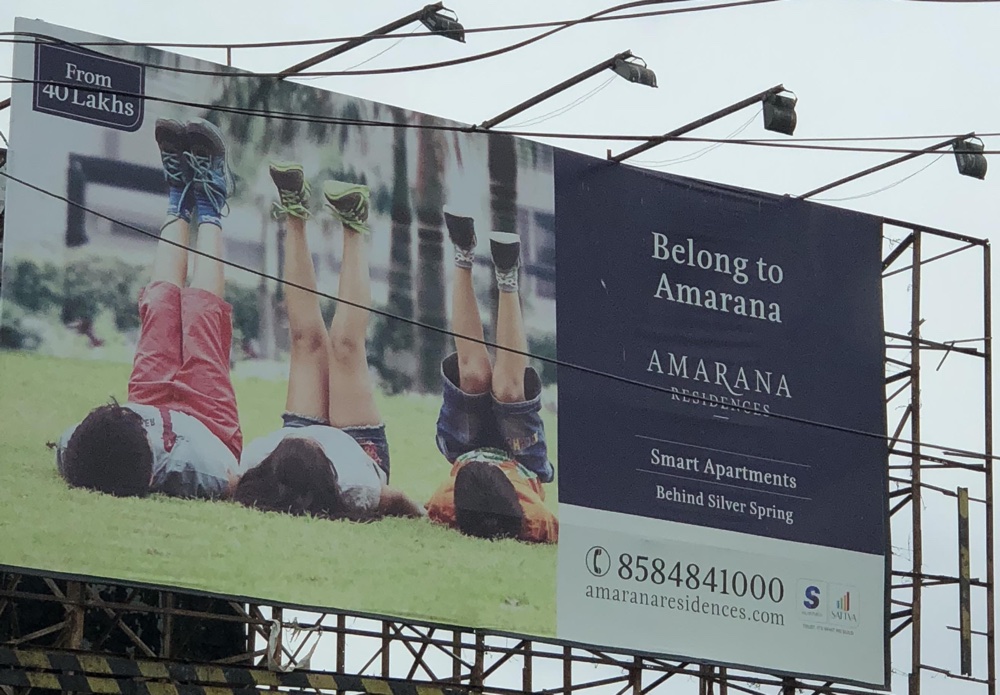
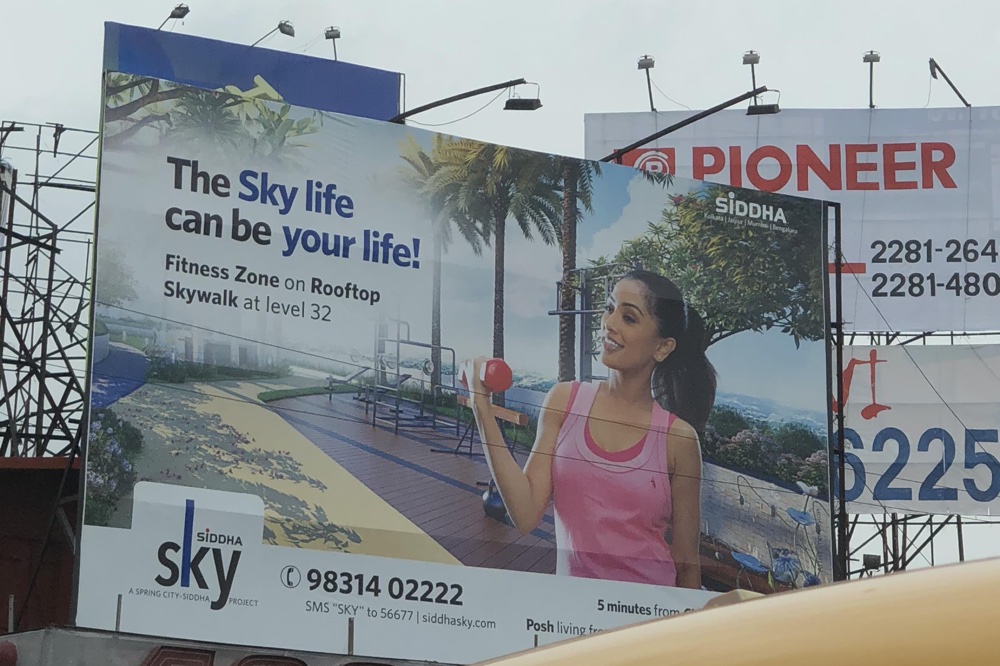
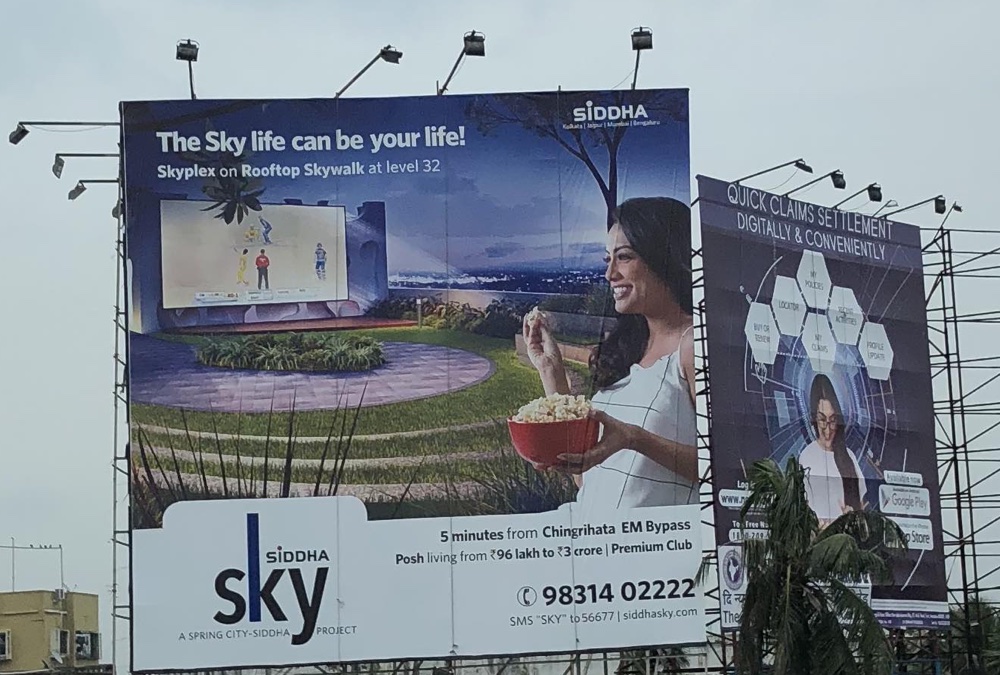
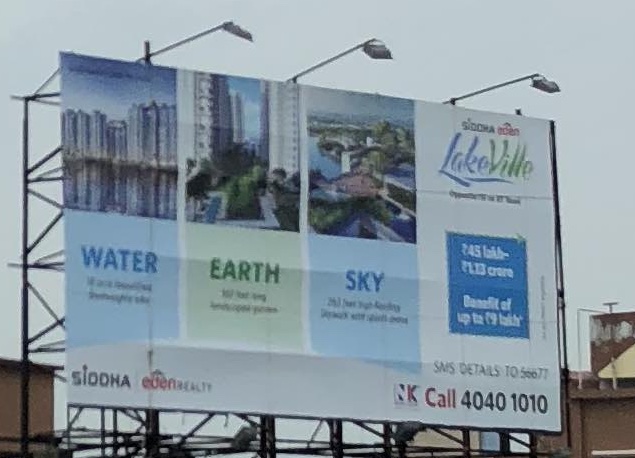
Calcutta was covered with billboards for high-rise condominiums, re-doing the face of an old victorian city. They all offer an escape to a new world — gyms and decks on the 32nd floor and access to “water, earth, sky” — something that is a premium in an old and crowded urban sprawl.
Selling not just homes but the ingredients of one too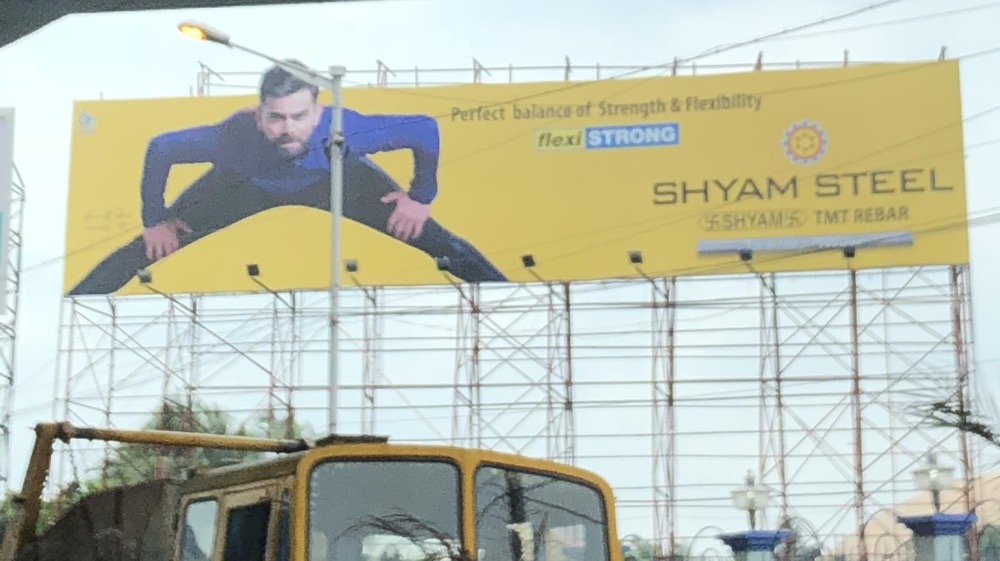
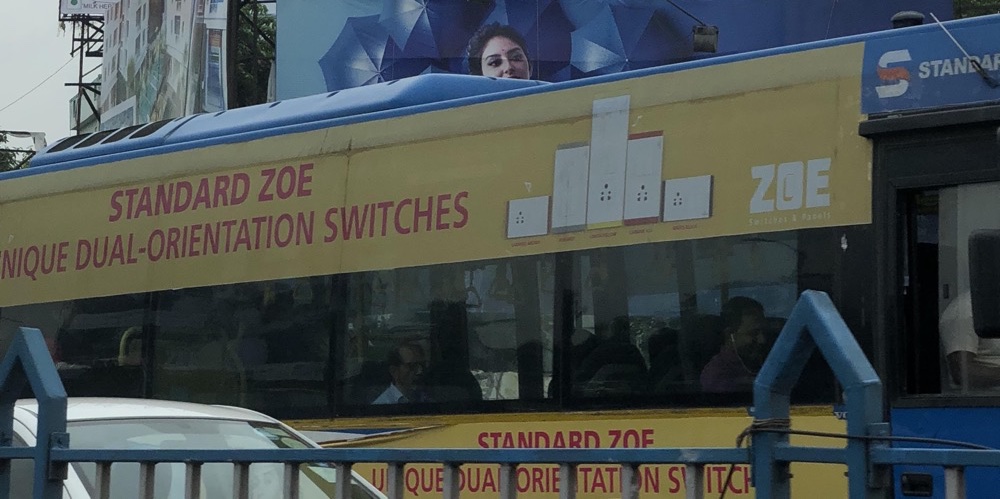
Along with homes, things to build these homes with were also being advertised. Shown above are ads for steel and electric switches. How many people looking at the ad would decide to only buy a home built with Shyam Steel? But it is telling, in the same way the preponderance of SaaS and cloud services billboards along the 101 is telling — there are many small construction businesses in the city.
Also, the face on the steel ad is Virat Kohli’s, the country’s star cricket player today. Almost every other billboard had his face on it.
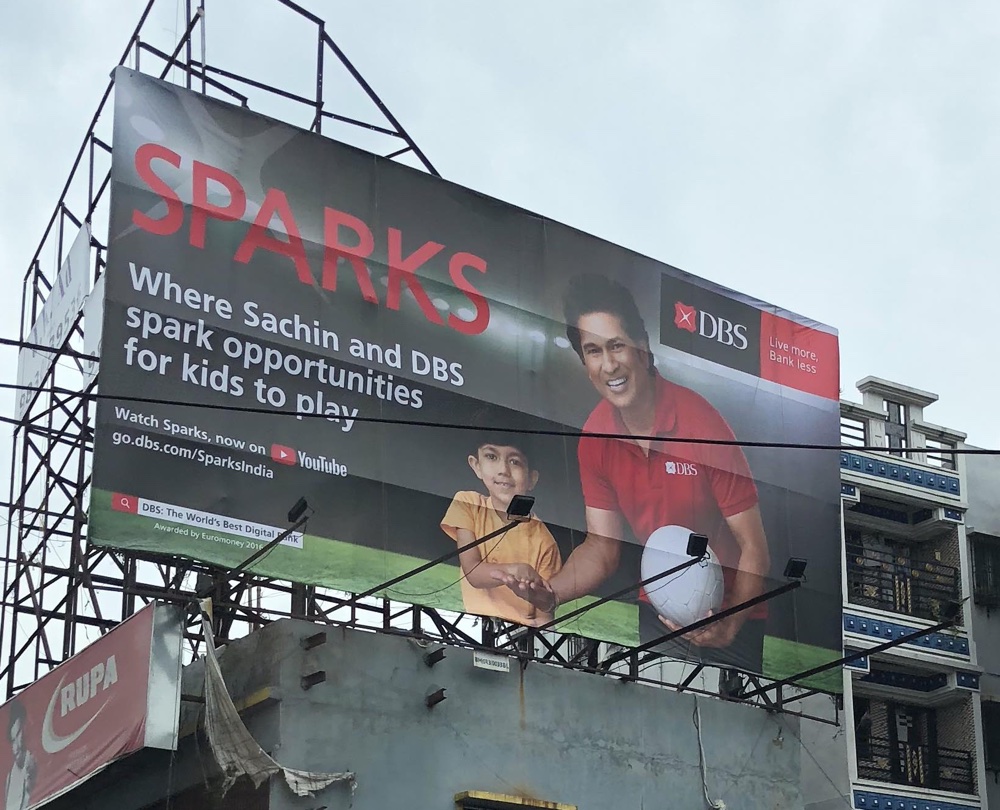
A YouTube series featuring Sachin Tendulkar created by a bank
This was the most confounding of all. A bank called DBS has created a short tv series on YouTube that it is advertising here. The TV series is a soap opera / telenovela about how bankers at DBS work to fund projects that change people’s lives for the better, with a fair amount of drama thrown in. The finale had Sachin Tendulkar (the retired cricket legend) in it. Go figure.
It was fascinating to see the attempt at bridging the old (billboards, TV soaps, Sachin) with the new (YouTube, original content).
All about App Store and Play Store Don’t be an idiot, this ad says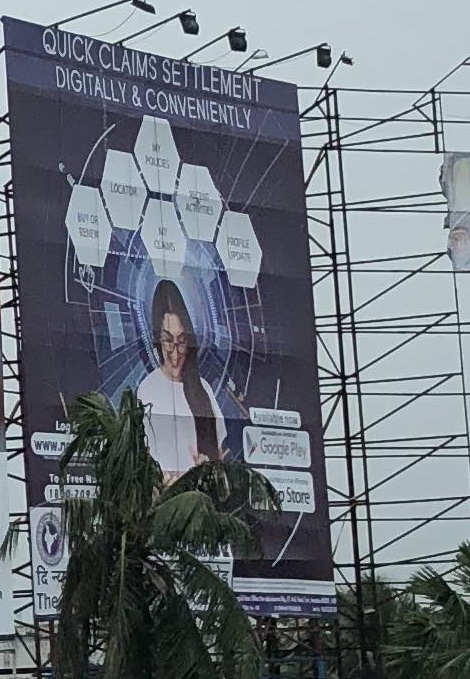
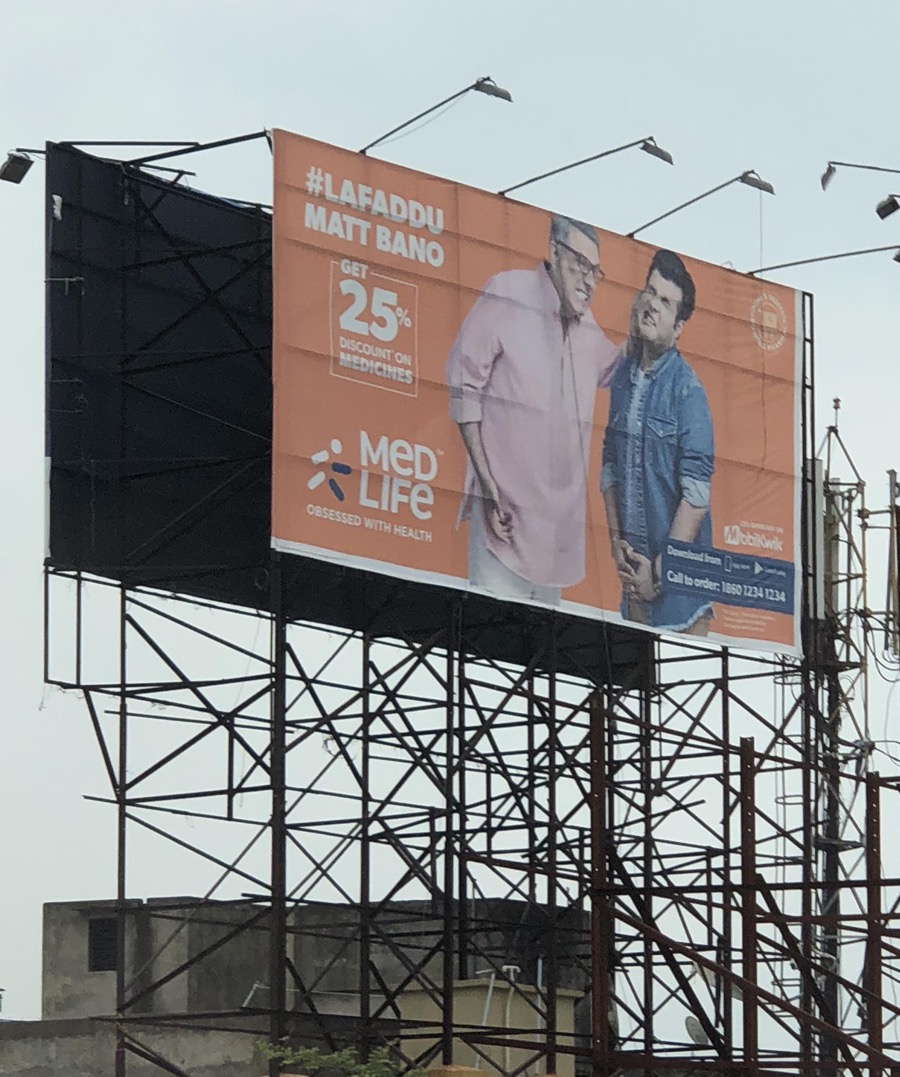
Both these ads are for health insurance, not something that was very common a decade or two ago. Notice how one of these is mainly plugging their app that allows you to file and settle claims “digitally”. The other one offers a 25% discount on medicines. A plethora of sophisticated financial products competing on convenience and price to the customer. Isn’t this the dream of capitalism?
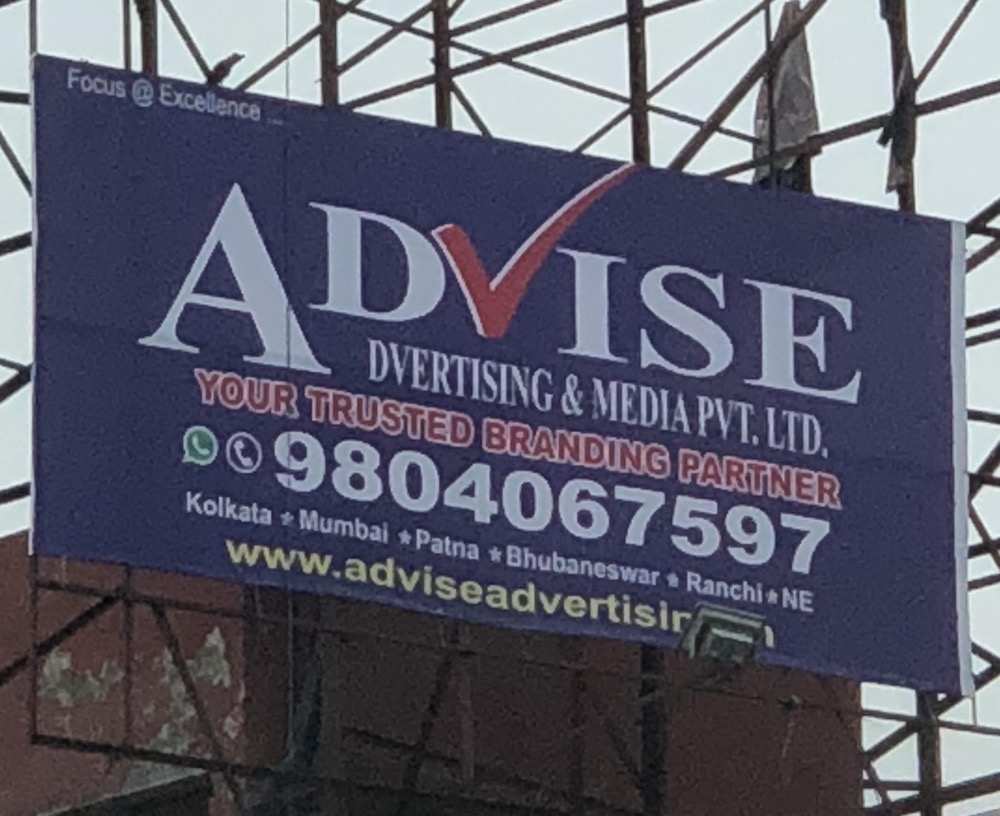
Whatsapp is the universal medium
Lastly, here’s an ad to place your ad on this billboard. They have a Whatsapp icon next to that phone number — Whatsapp has become the country’s communication backbone, and businesses go where consumers are.
Patna
A smaller, more conservative town, slower growth, fewer opportunities for the youth. Unsurprisingly, solutions to all these are being sold to the consumer.
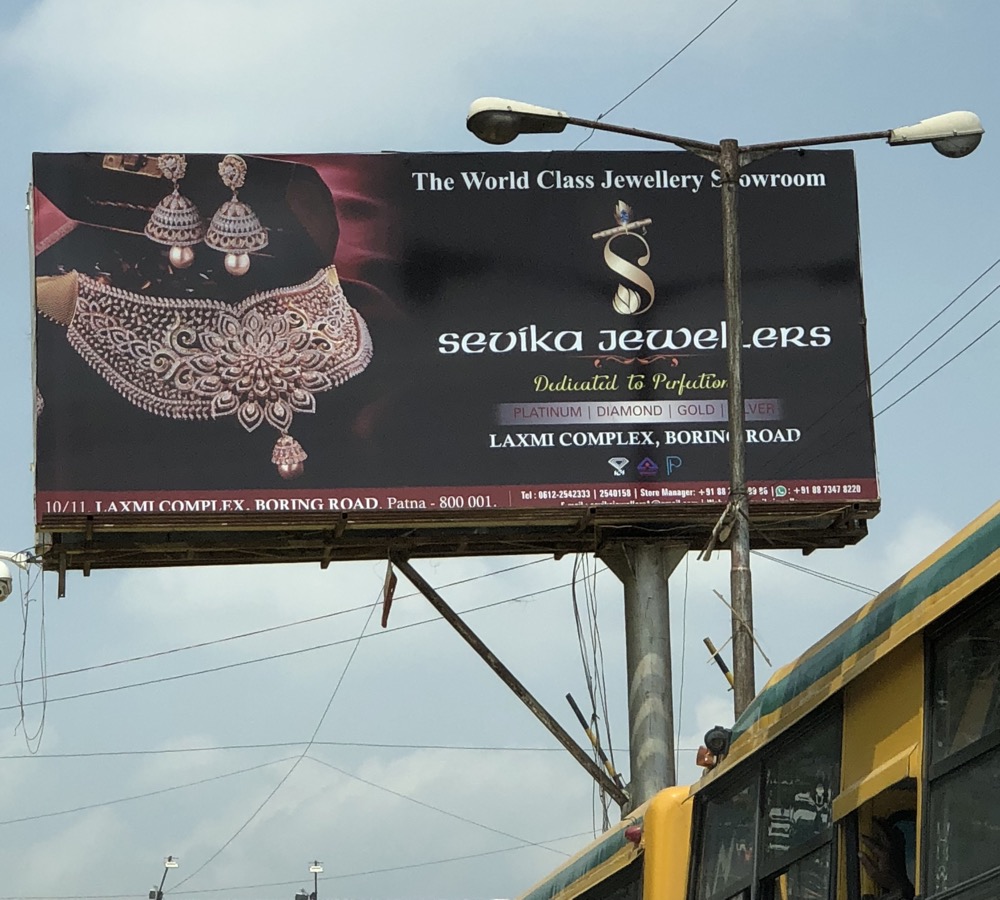
Ads for jewelry are very common in Patna, as are ads for clothes, particularly traditional clothes meant for occasions like weddings. Jewelry is more than a fashion accessory all over the country, but as you go to smaller towns it becomes an even more important way to acquire and store wealth — without great understanding of how it compares with other asset classes.
Biology, Chemistry, Maths Ads for online tests Selling dreams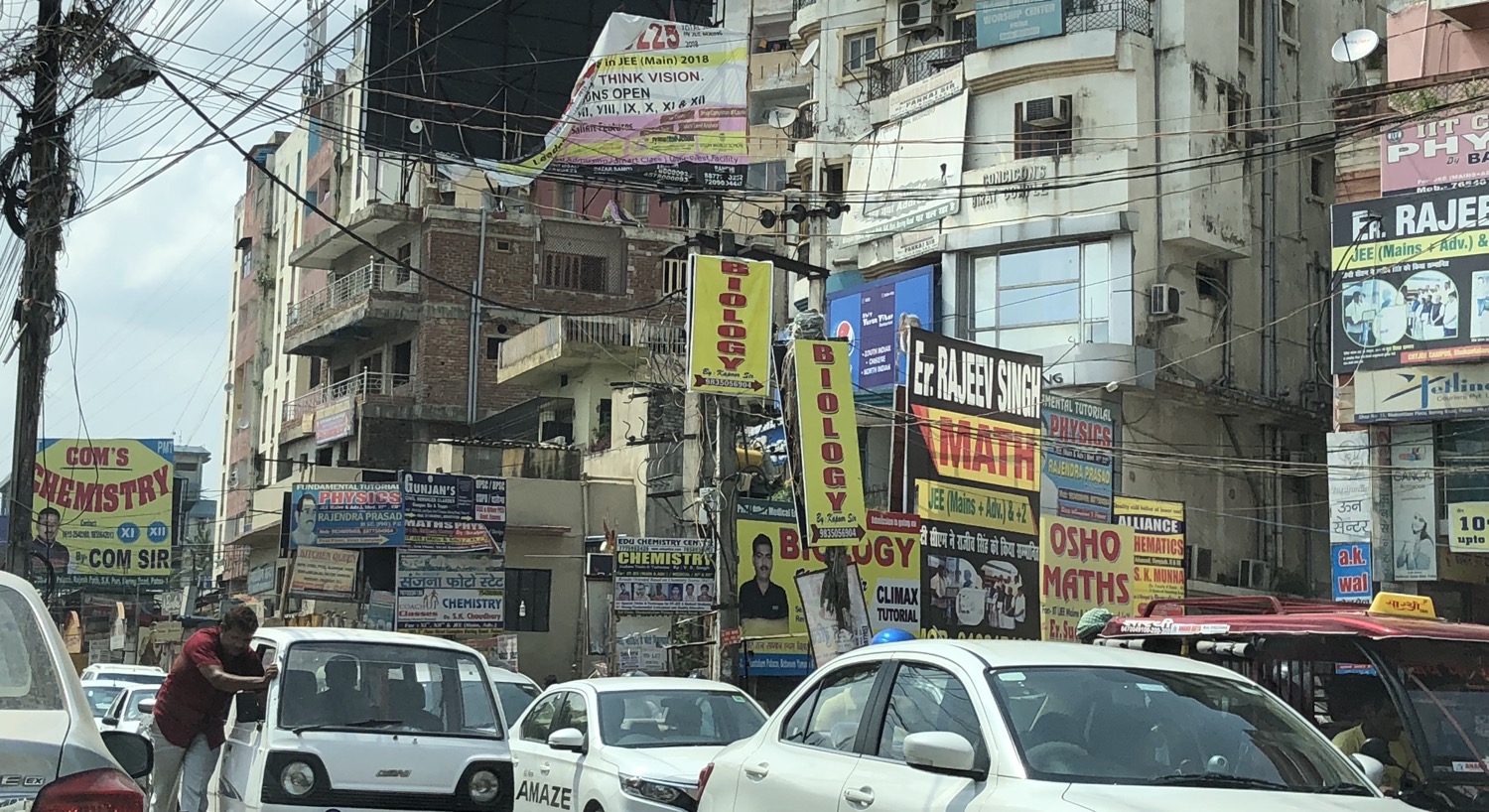
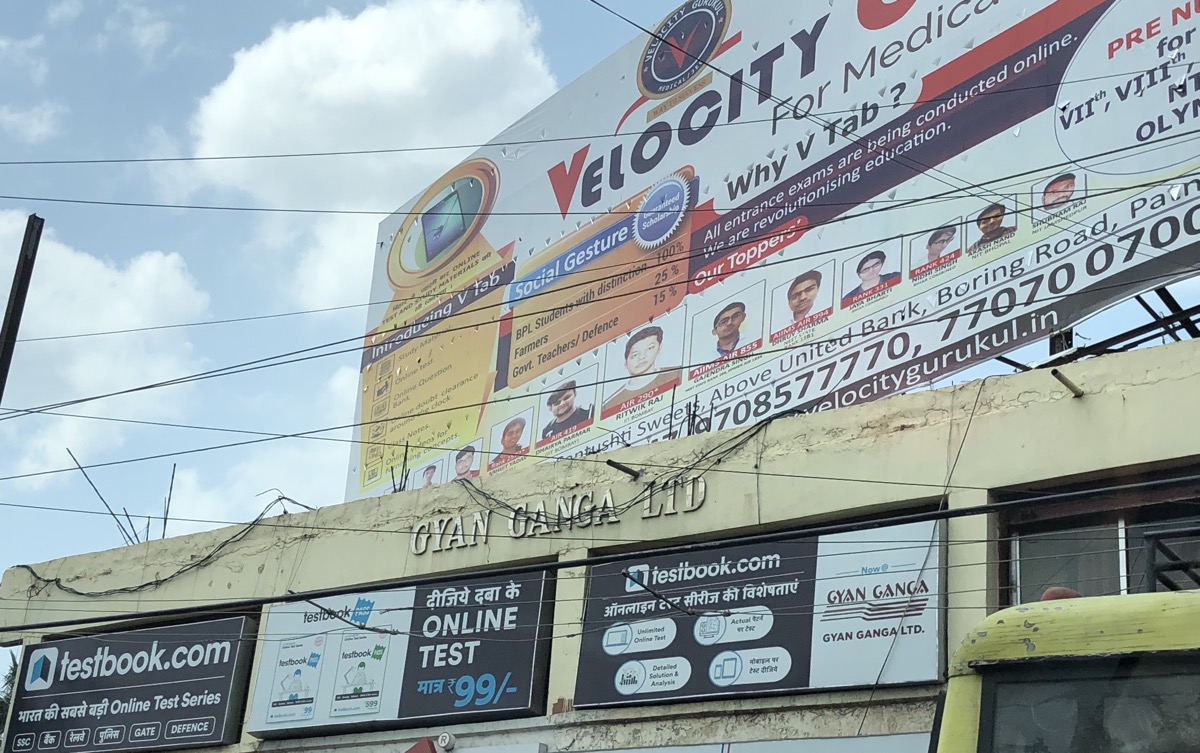
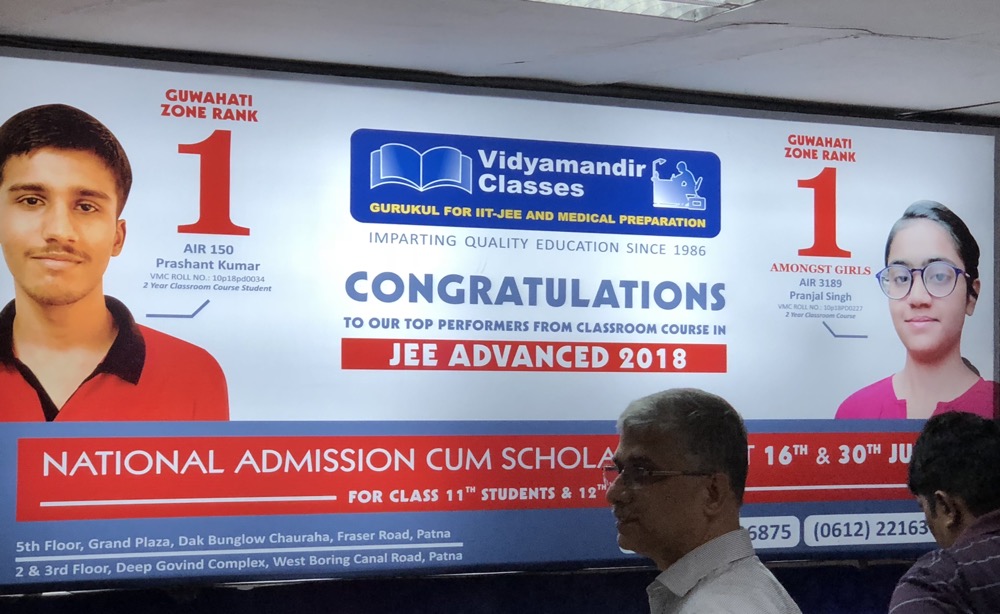
These billboards scream a ticket out of where you are to a promised land via engineering or medical school — a stable job in a big city, a life where you can afford a car, a home, domestic help, etc. These are ads for tuition in Biology, Chemistry, Maths, Physics, various entrance tests for IITs and other colleges, replete with mugshots of their past successes. Even at the airport, very symbolically. You’d be right in noticing that these ads all lead to an education in engineering or medicine, true to the Indian parent stereotype.
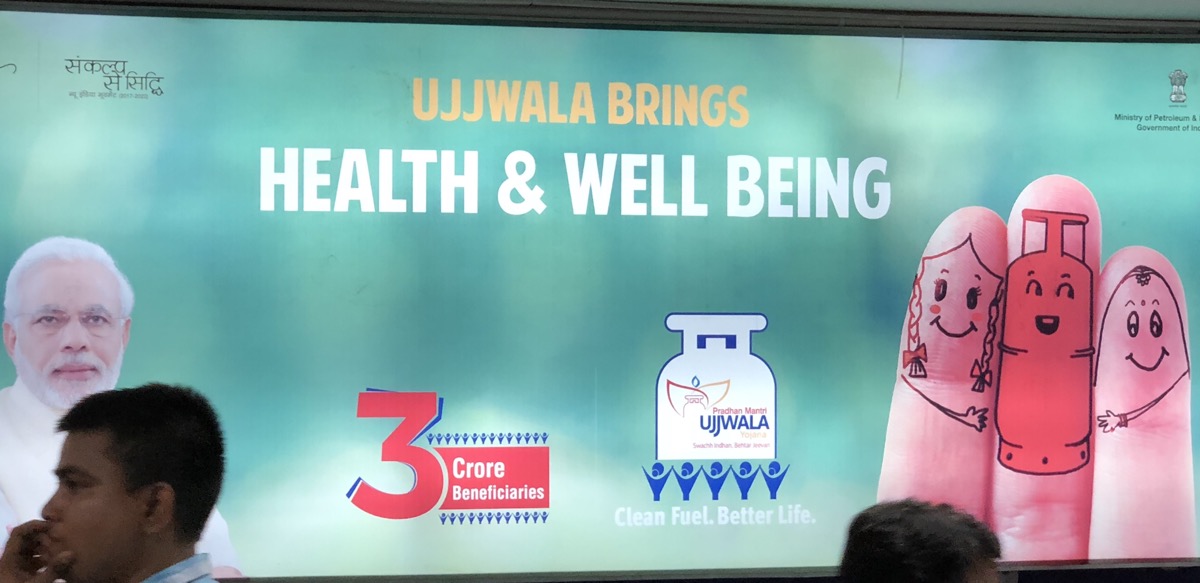
A goverment program distributing propane.
The current government getting its koolaid out there — the face on the ad is that of the Prime Minister. The elections are close after all.
Delhi
Delhi promised to be very different from both Calcutta and Patna, but sadly I didn’t get around much.
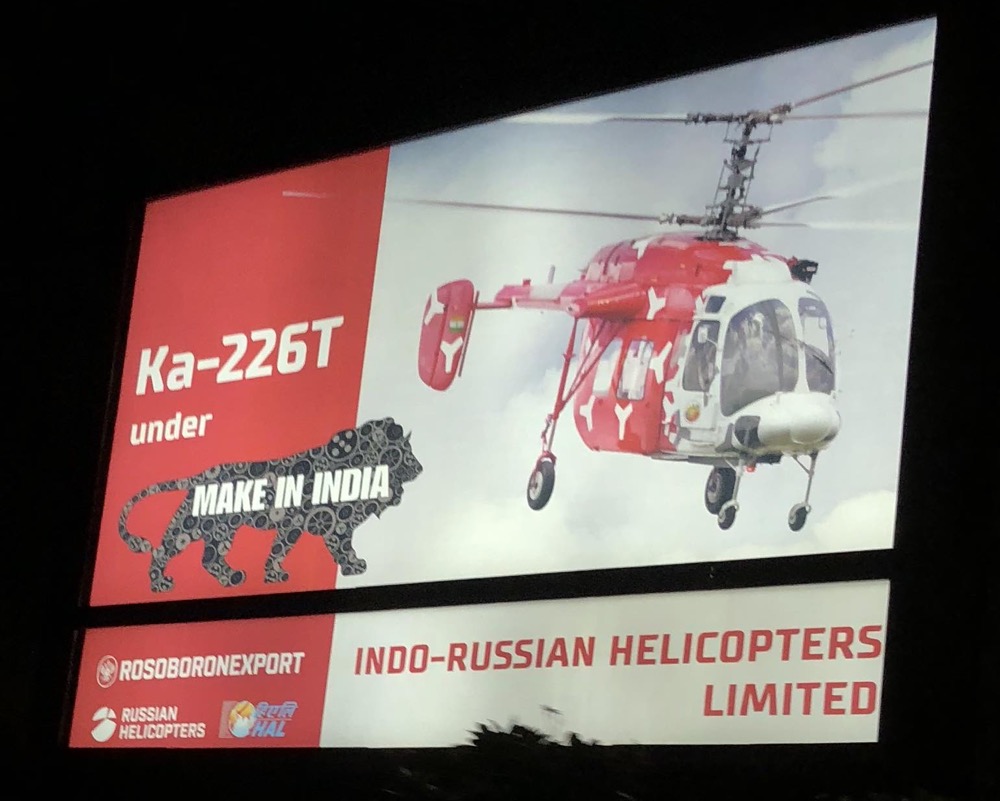
Seen on the way to the airport
The capital of the country can be expected to have a word on its military prowess. To whom this ad was targeted, or what it was trying to achieve, beats me. Perhaps more koolaid from the government?
Bangalore
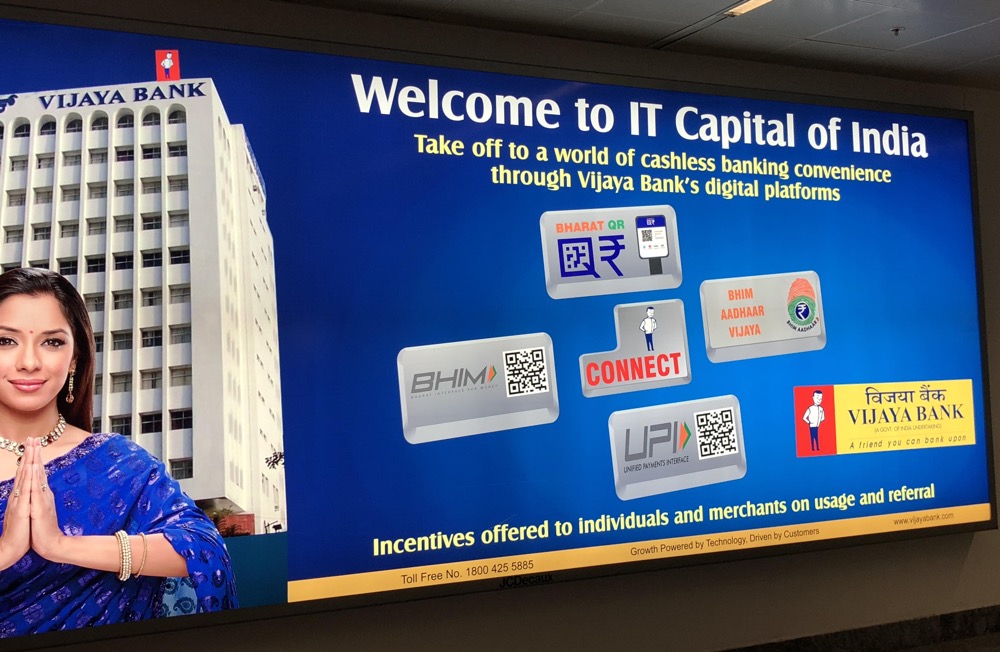
At Bangalore airport
The welcome sign at the airport hits the nail on the head — you’ll soon see why Bangalore is called the “IT capital”. The first sign is the plethora of consumer fintech products shown here promising “cashless convenience”.
Also at Bangalore airport And right next to it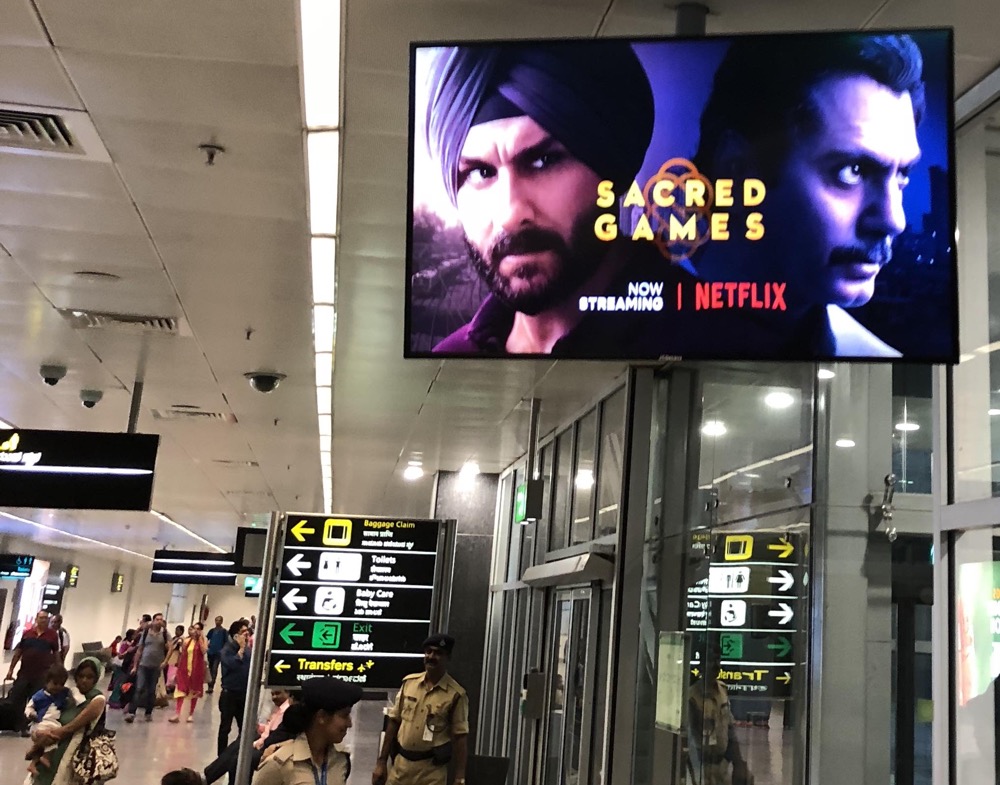
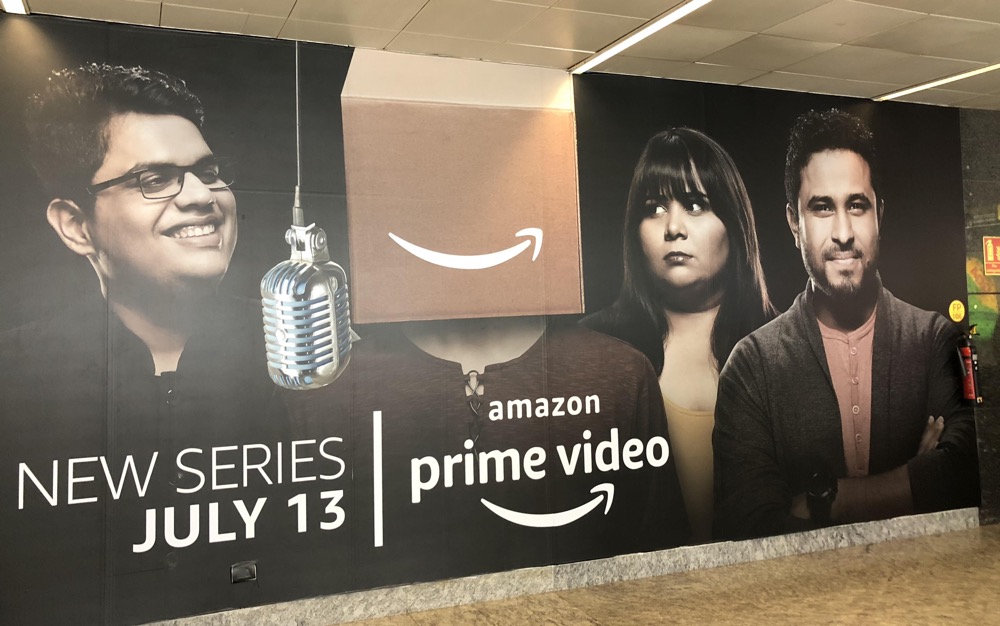
Netflix and Amazon were out in force for streaming video and original content. Their ads were everywhere. If a city could sell a “takeover” campaign, these two had collectively bought it for their streaming services.
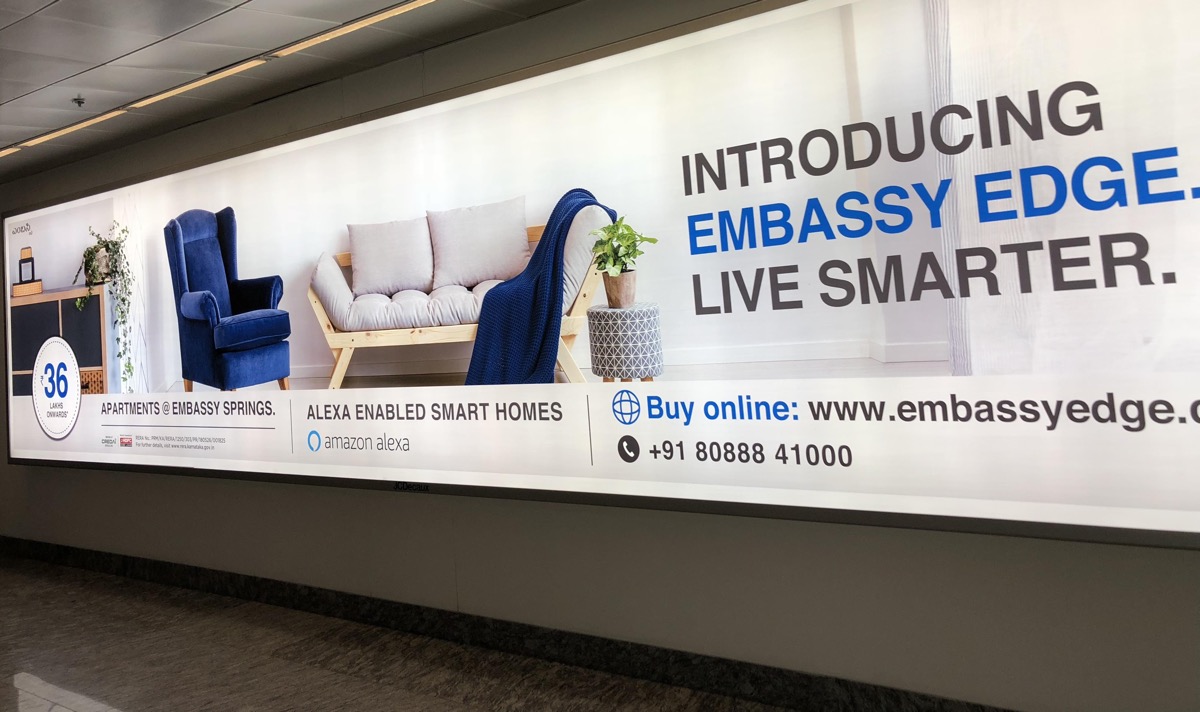
Selling real estate on the back of a $20 device
You can’t escape real estate in India. The growing middle class is buying homes. But in the “IT capital”, homes are advertised as Alexa-enabled, and that ad does say you can buy online (except I’d be very surprised if you really can).
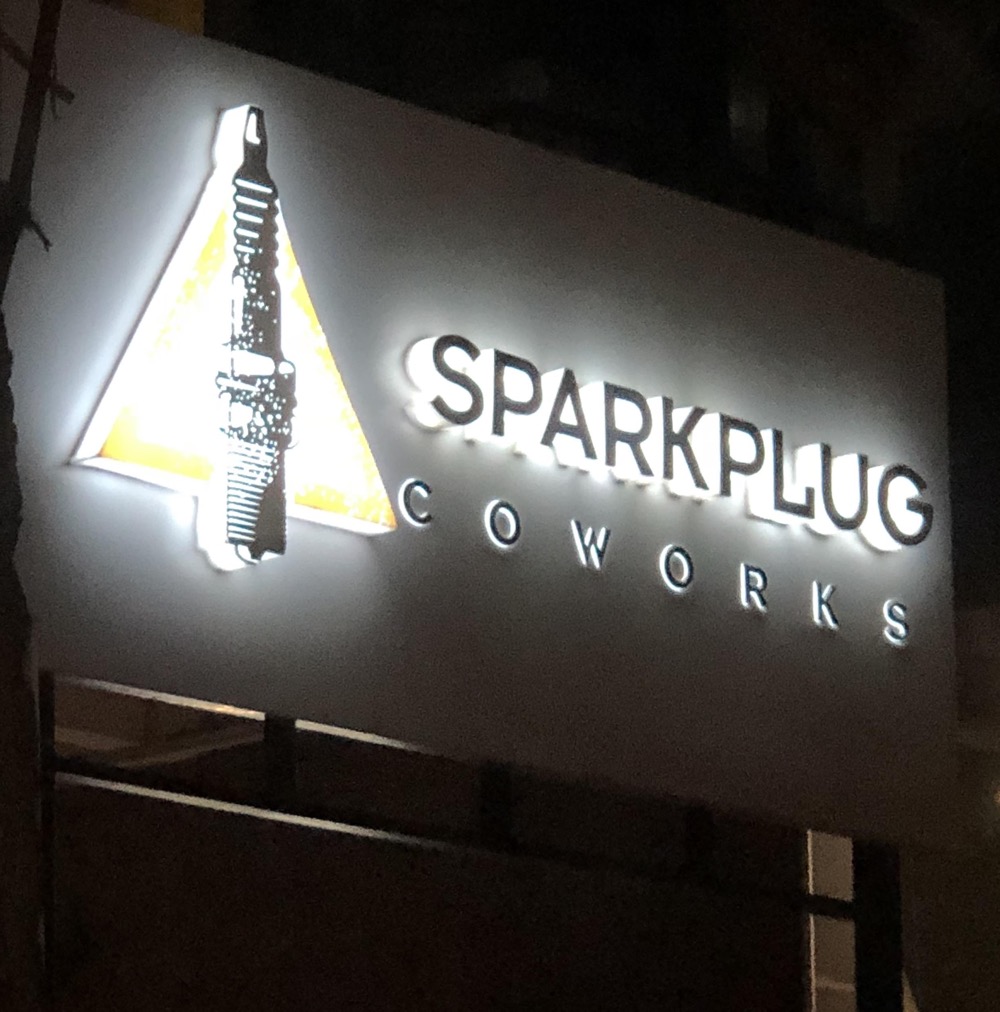
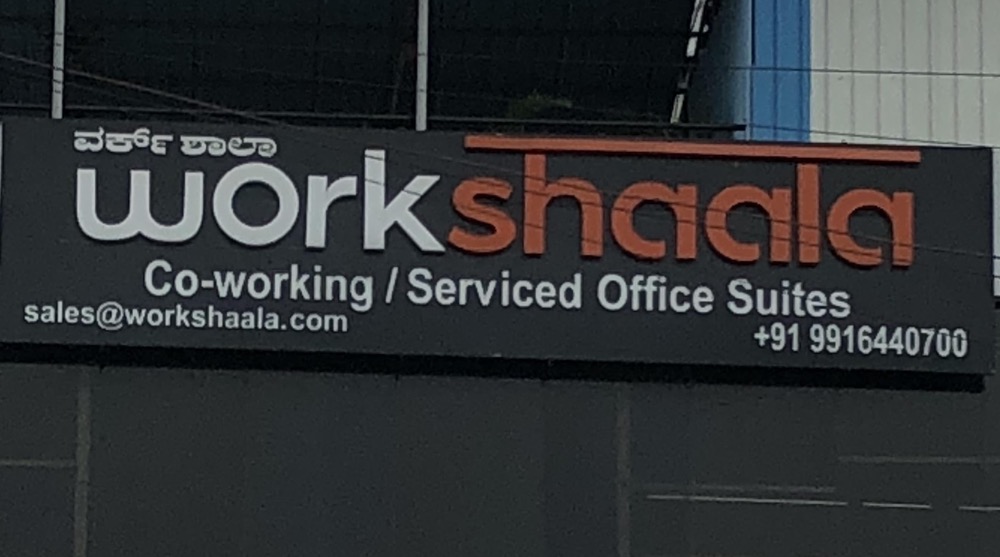
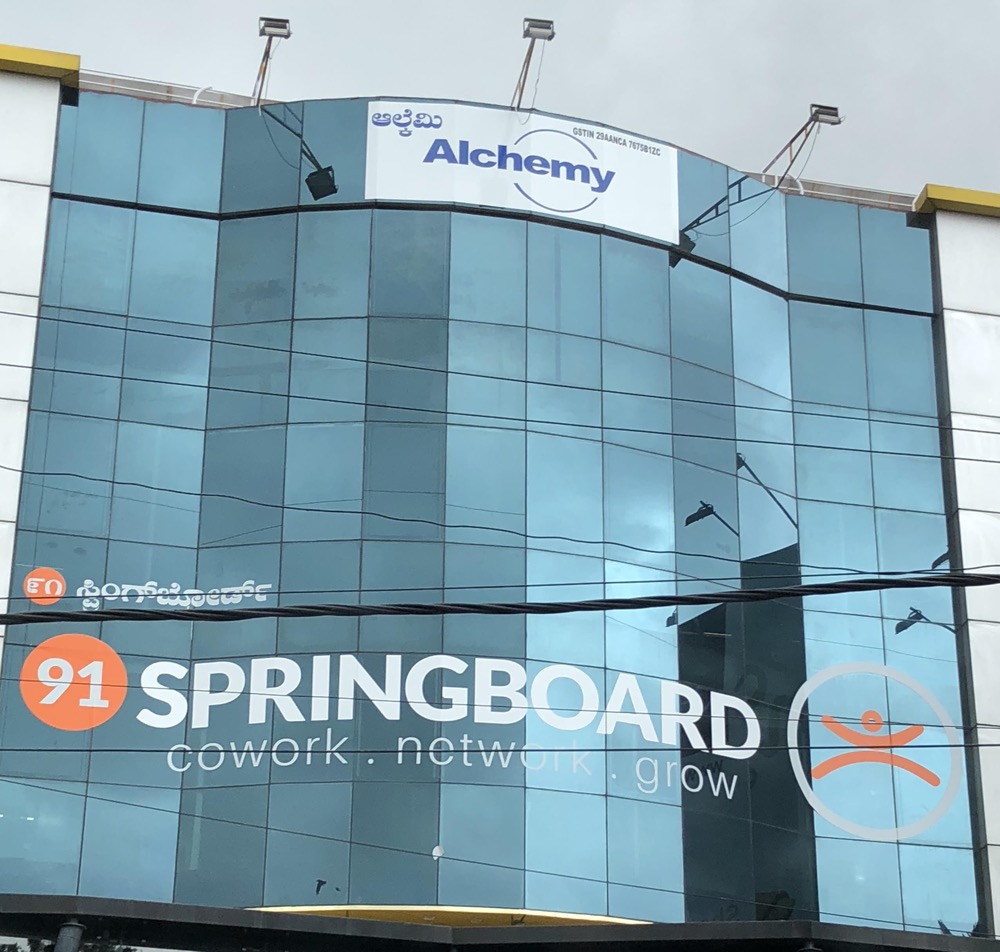
It’s not just residential real estate. Seeing co-working spaces all over the city was new to me, from just a year ago. There is a WeWork too, but that is high-end. All sorts of firms need office space, and co-working spaces have figured out they can not only provide elasticity and flexibility but also help an increasing number of entrepreneurs that want to move fast and avoid red tape as much as they can.
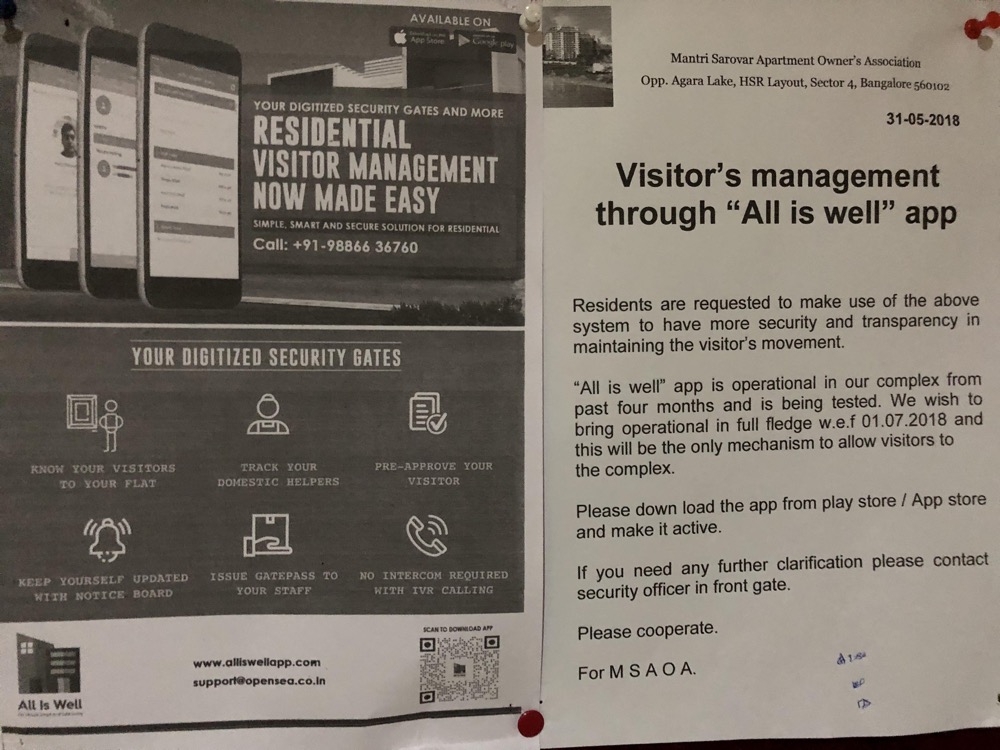
Flyer next to the elevator in my condo building
Seen at an apartment complex — an app to manage your visitors for enhanced security. As cities grow faster than ever, these residential complexes become instant communities for people from all parts of the country coming together in a foreign place, requiring new protocols of interaction to deal with real world problems — from security to services like laundry, cleaning etc. There are apps to help with everything.
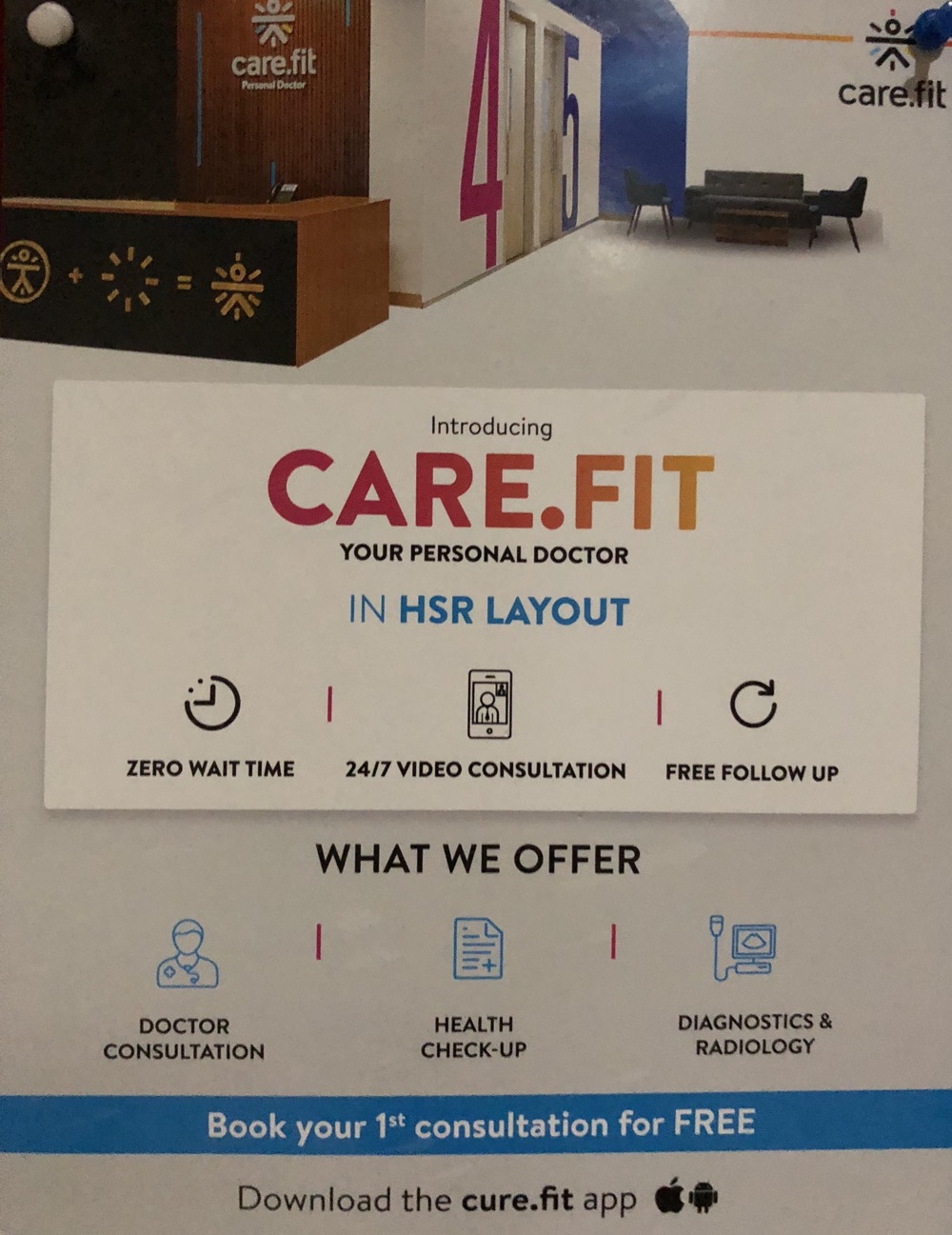
The doctor’s office through an app. If you’re living in Bangalore, you’re living in the future. And yes, it does come with a bubble of its own.